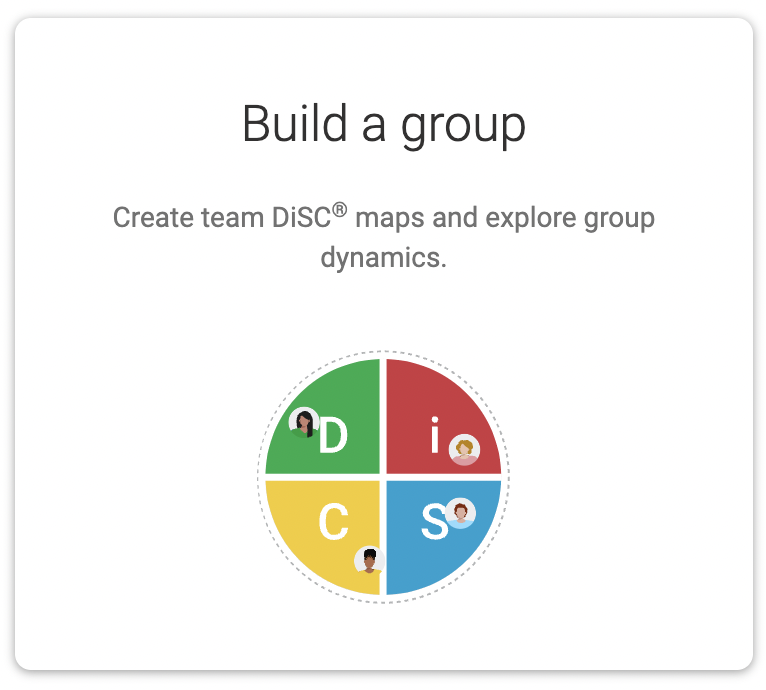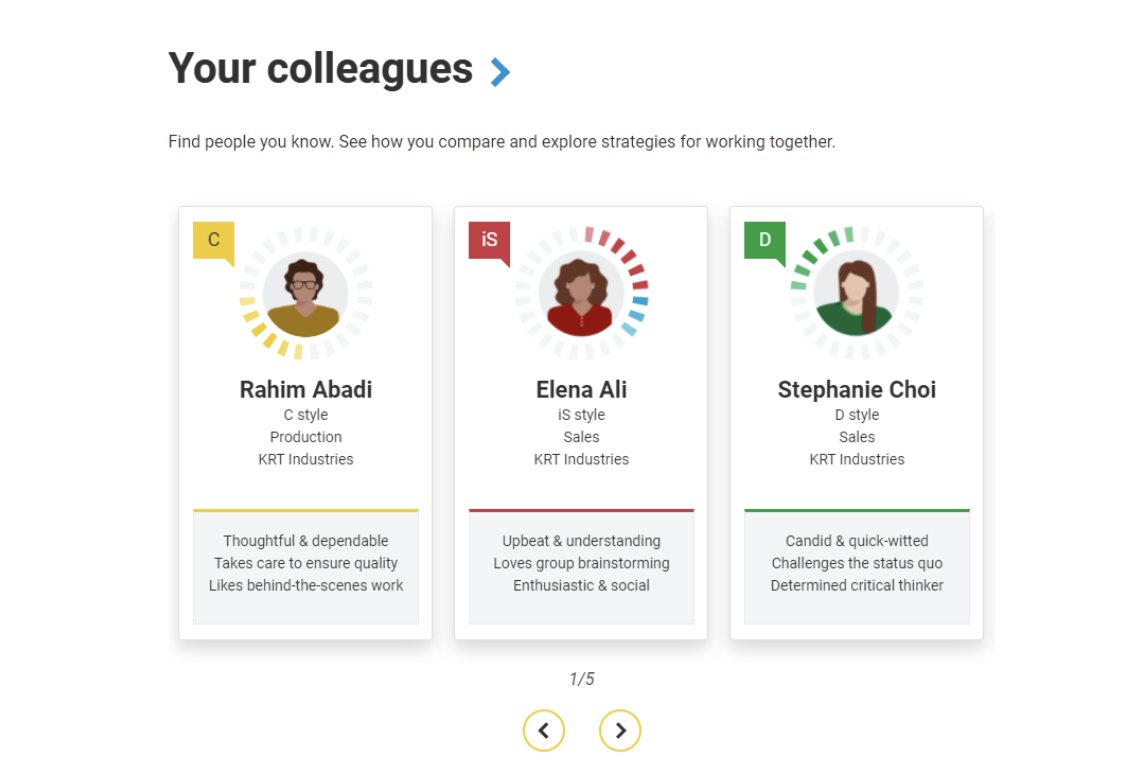Employees are sensitive creatures, and one of the quickest things they pick up on is whether or not their boss trusts them.
Trust is a critical element for a healthy workgroup and company. Without it, morale and productivity suffer, good employees leave and the rumor mill works overtime.
What does a failure to display trust look like? Micromanaging and a lack of willingness to delegate are two of the most common traits.
Other behaviors that make employees feel as if you don’t trust them include:
- Pridefulness or lack of humility
- Failure to build relationships with individual team members
- Dictatorial behavior
- Failure to listen and accept other viewpoints
- Failure to admit your mistakes or accept that others make mistakes
Here are seven tips for how to squelch your trust-busting tendencies.
1. Establish a Personal Connection
Great leaders make time to get to know their team and what each employee needs to perform well. This doesn’t have to be time-consuming. All it requires is a stop by someone’s desk to ask, “How’s it going? Do you have any questions about that new task you’ve been assigned?”
It’s easy to lose touch with your team when you’re constantly caught up in the hustle and bustle. But if you don’t pay attention to current projects and the challenges your employees are facing, you can’t provide the support they need to keep efficiency and productivity humming. And if you’re aloof most of the time, your team won’t feel comfortable coming to you when they need help.
In addition, demonstrate that you care about your team members as human beings, not just employees. Keep up with their personal lives. If someone has a death in the family or a sick dog, extend a simple expression of concern or maybe offer them some extra time off to show that you care. This can help build mutual trust and loyalty between you and your employees.
2. Show Humility
No one wants to work for a know-it-all or someone who can’t admit when they’ve made a mistake.
If you find yourself falling into that habit, remember, you’re a business leader, not a god. No one expects you to know everything. In reality, the ability to admit a mistake or ask for help demonstrates strength.
Even better, acknowledge your team’s expertise by asking your employees for their opinions and implementing their recommendations as often as possible.
3. Connect the Dots for People
Facilitation builds trust because you’re helping team members make alliances in other departments and broaden their skills.
Simply ask, “Is there anything you need to do your job better?” You’re likely to find many opportunities to help your employees.
For instance, Jenny needs help finding the right person to help her resolve an issue she’s having with your company’s accounting software. You introduce her to Max, your company’s accounting software wiz. This simple gesture shows Jenny that you’ve got her back. It shows that you want to see her succeed. This can go a long way in helping you build trust.
4. Make room for mistakes
We all make mistakes. Some are small – such as a misplaced file – and some are cringe-worthy. Your employees will appreciate it if you quickly debrief them on the small mistakes and treat those as growth opportunities on the way to better performance.
Conversation starters may include:
- Talk me through what led you to that decision.
- What do you think went wrong?
- Let’s talk about what can be done differently next time.
Rarely will someone make a mistake so huge that it affects the business and becomes worthy of heavy-handed involvement from you. But when a big problem happens, remember that it’s usually not one person’s fault, but a series of missteps and broken processes.
Treating employees’ mistakes as a business problem rather than a personal failure signals to your team that they can trust you to react appropriately when things go wrong.
5. Ditch the micromanagement
It can be tempting to think you know the best way to perform a task. In reality, people perform better when they’re allowed to get a job done in their own way.
Other ways to throw off the shackles of micromanagement include:
- Let your team make routine decisions without coming to you for permission.
- Eliminate unnecessary approval processes.
- Delegate tasks as learning experiences and set expectations up front.
- Acknowledge your way is not the only way.
- Encourage your team members to hold each other accountable – this should not come from you only.
In addition to making employees feel like you trust them, empowering team members encourages them to use their creativity to get the job done.
6. Demonstrate trust logistically
It seems simple, but the lines of communication must be open in order to build trust. This doesn’t have to be complicated. A few logistics are all you need.
First, it’s hard to trust a manager you rarely see or speak with. Make yourself available by leaving your office door open as much as possible. Walk the shop floor, greeting people, asking questions and offering help.
One caveat: You have to “manage by walking around” regularly. If you only talk to employees when something is wrong, they’re likely to fear your sudden presence in their midst rather than trust your being there.
Sharing meals brings people together, so host regular employee get-togethers. A monthly team lunch to celebrate that month’s birthdays can be an excellent time to find out what’s really going on in your team members’ professional and personal lives.
7. Share success and give credit
Nothing undermines trust faster than a boss who hogs credit for a job well done. Don’t be that manager or employees will stop sharing their good ideas.
In staff meetings, ask everyone to share a success story or something they feel good about. Publicly recognize when one or more team members resolve a long-standing issue, land a new client or find a way to reduce costs.
Praise is both highly motivating to employees and free. All it takes is a bit of thought on your part.
Trust runs both ways









